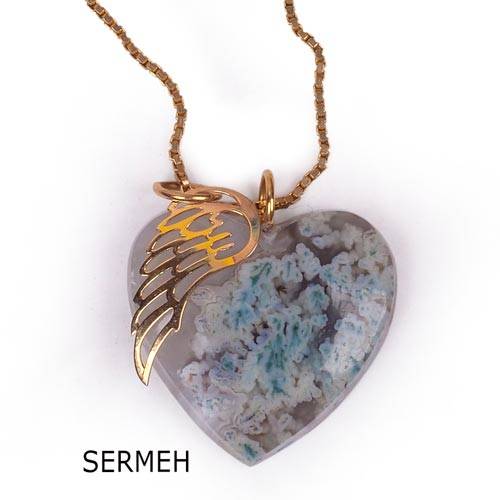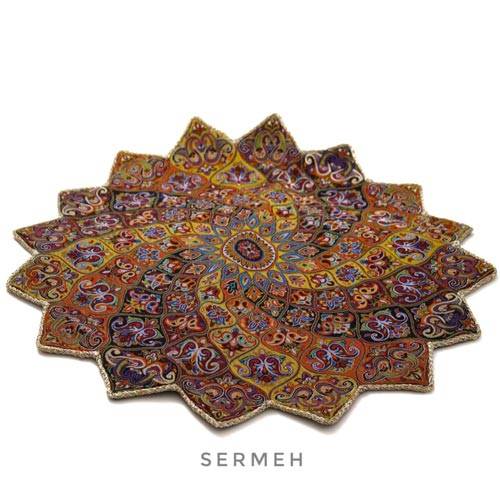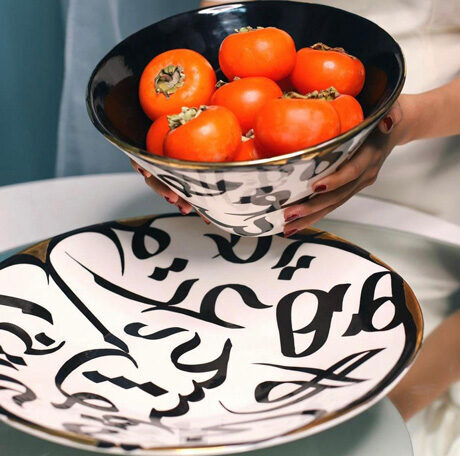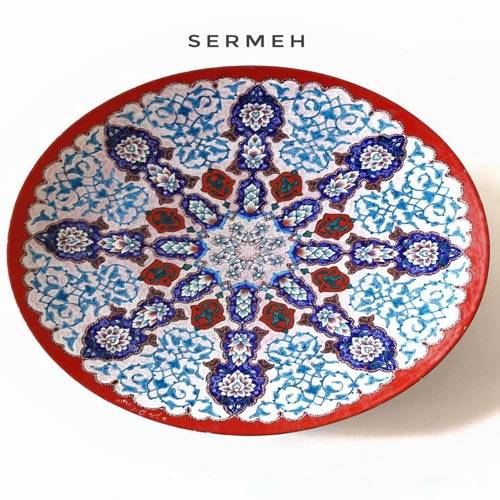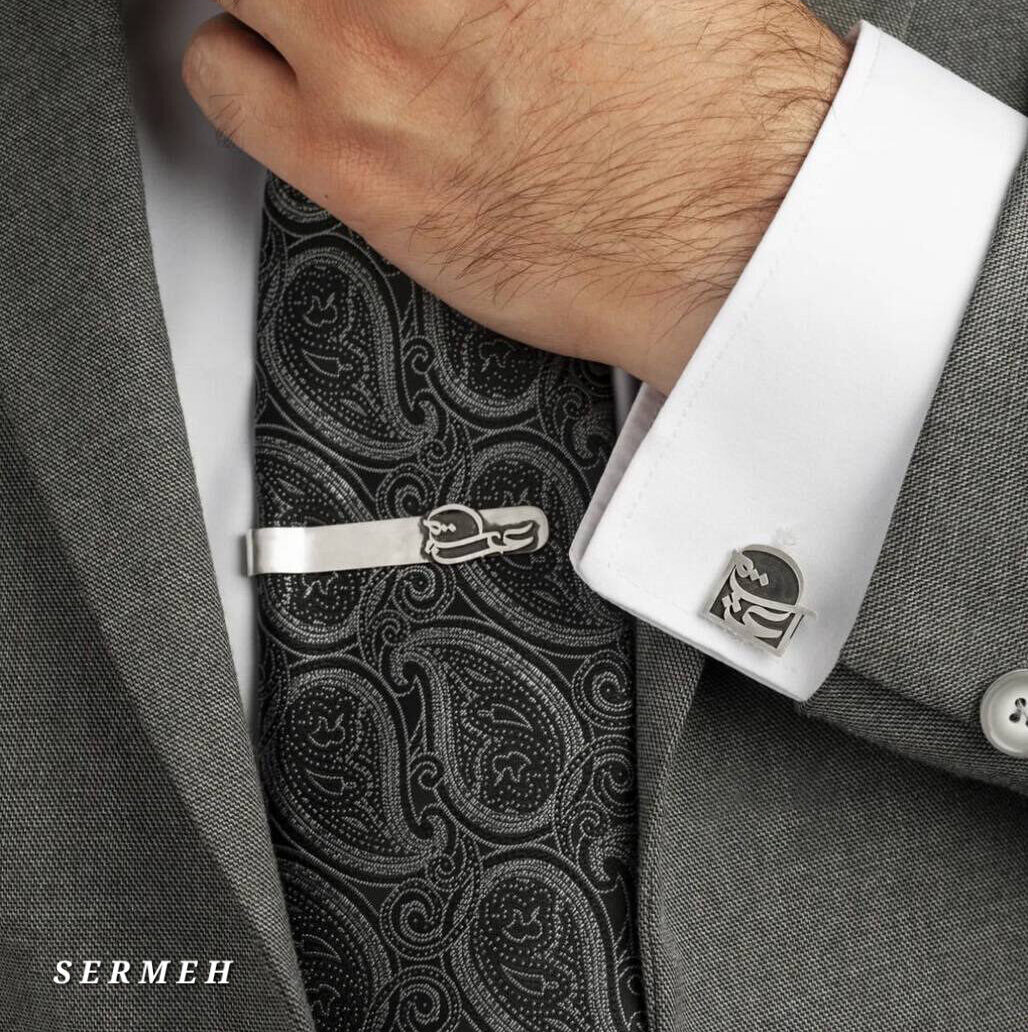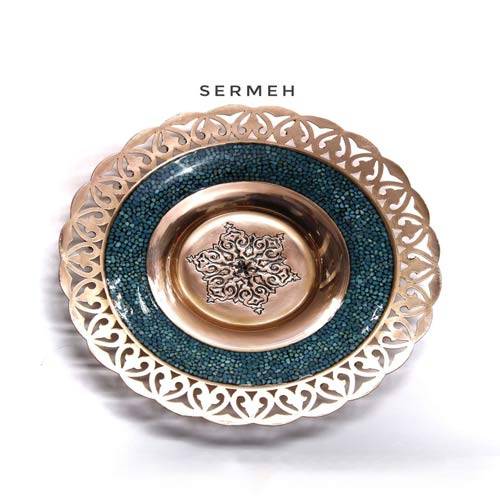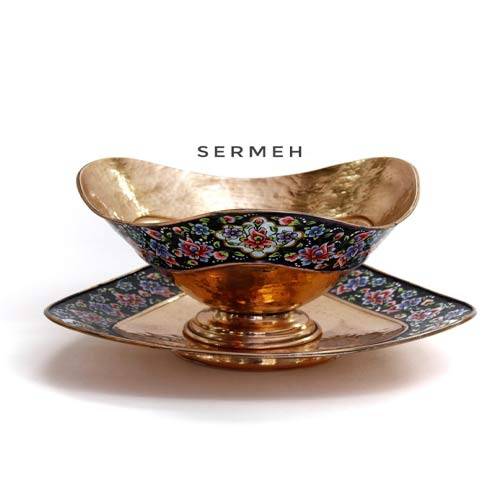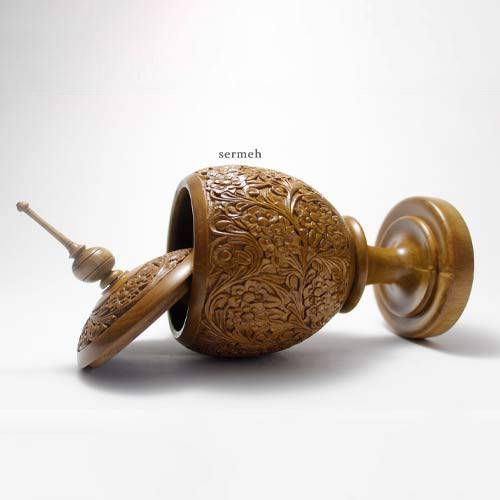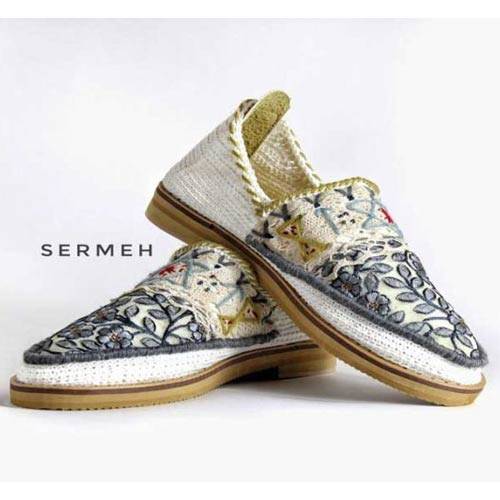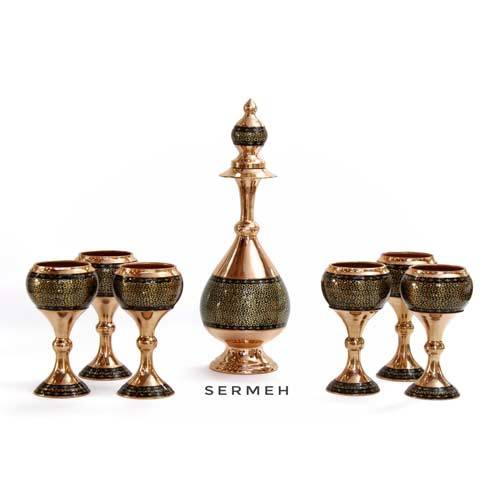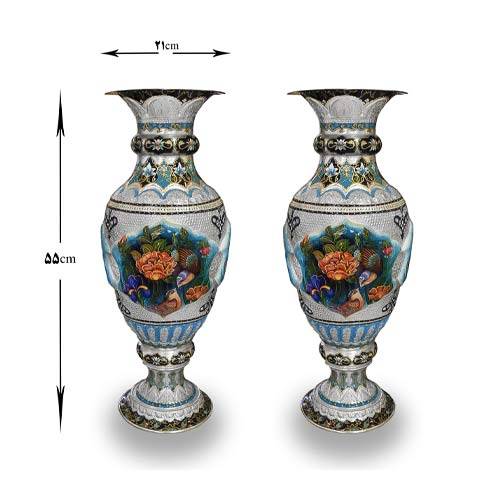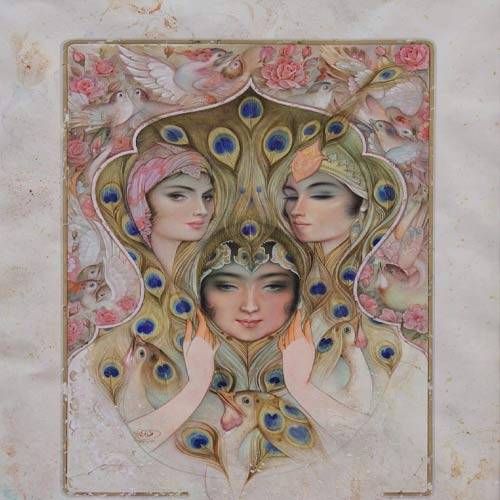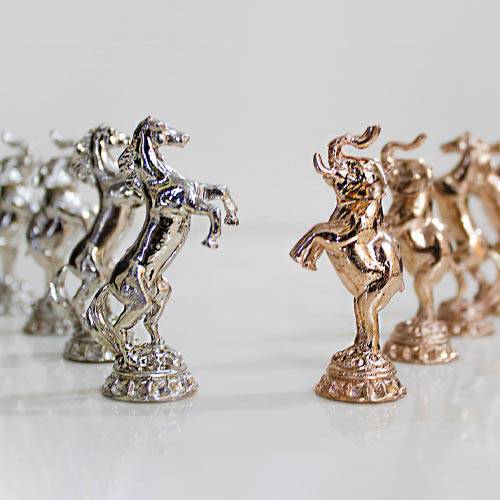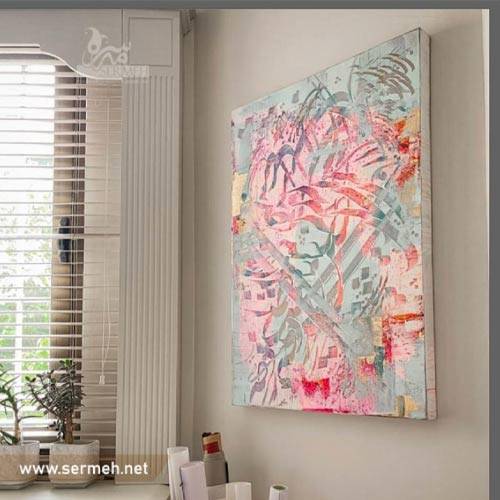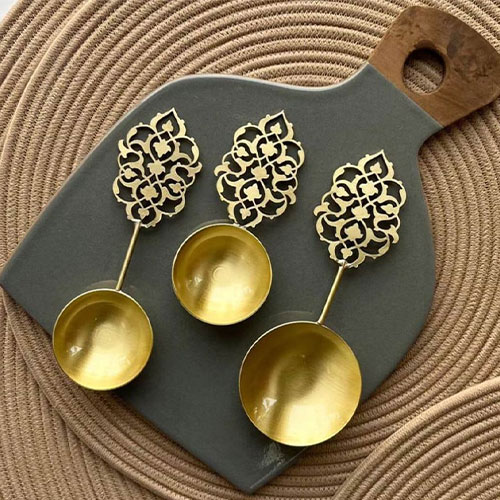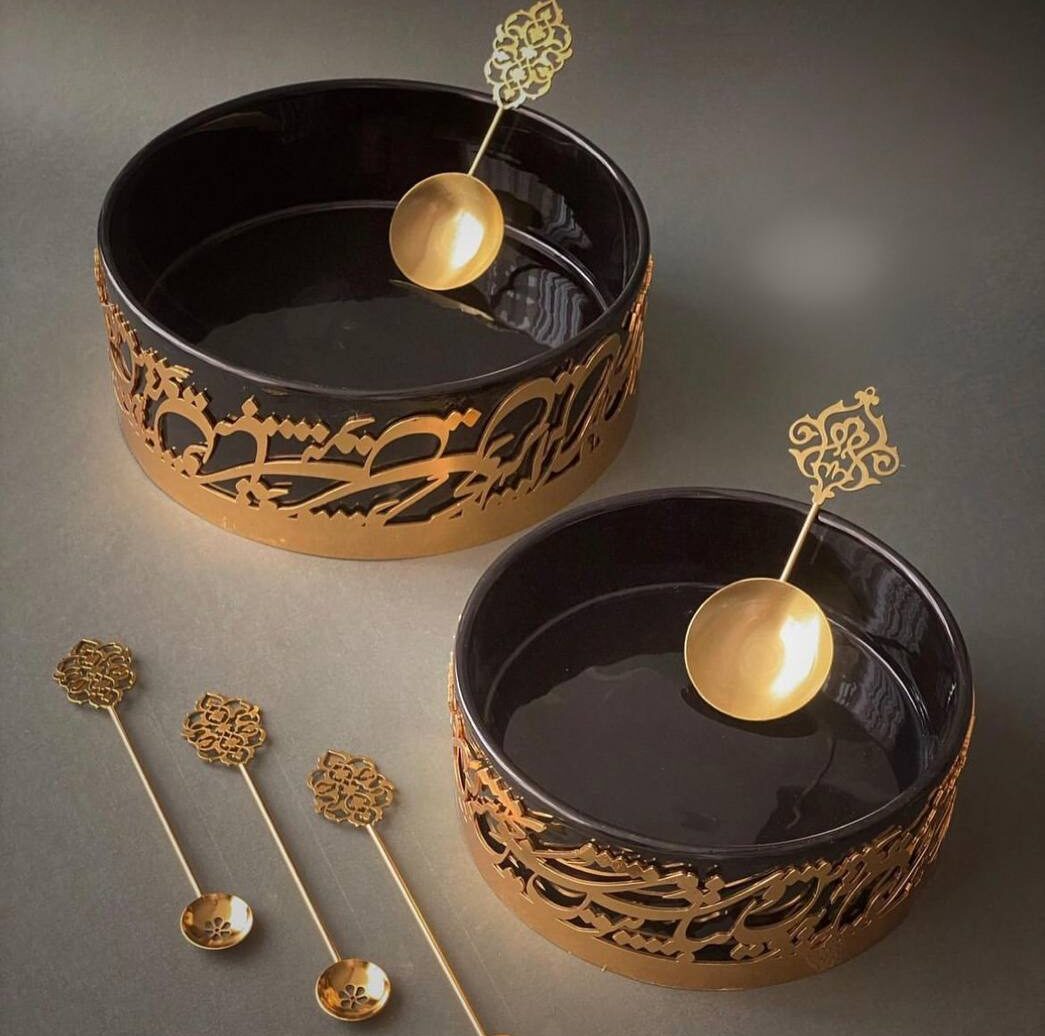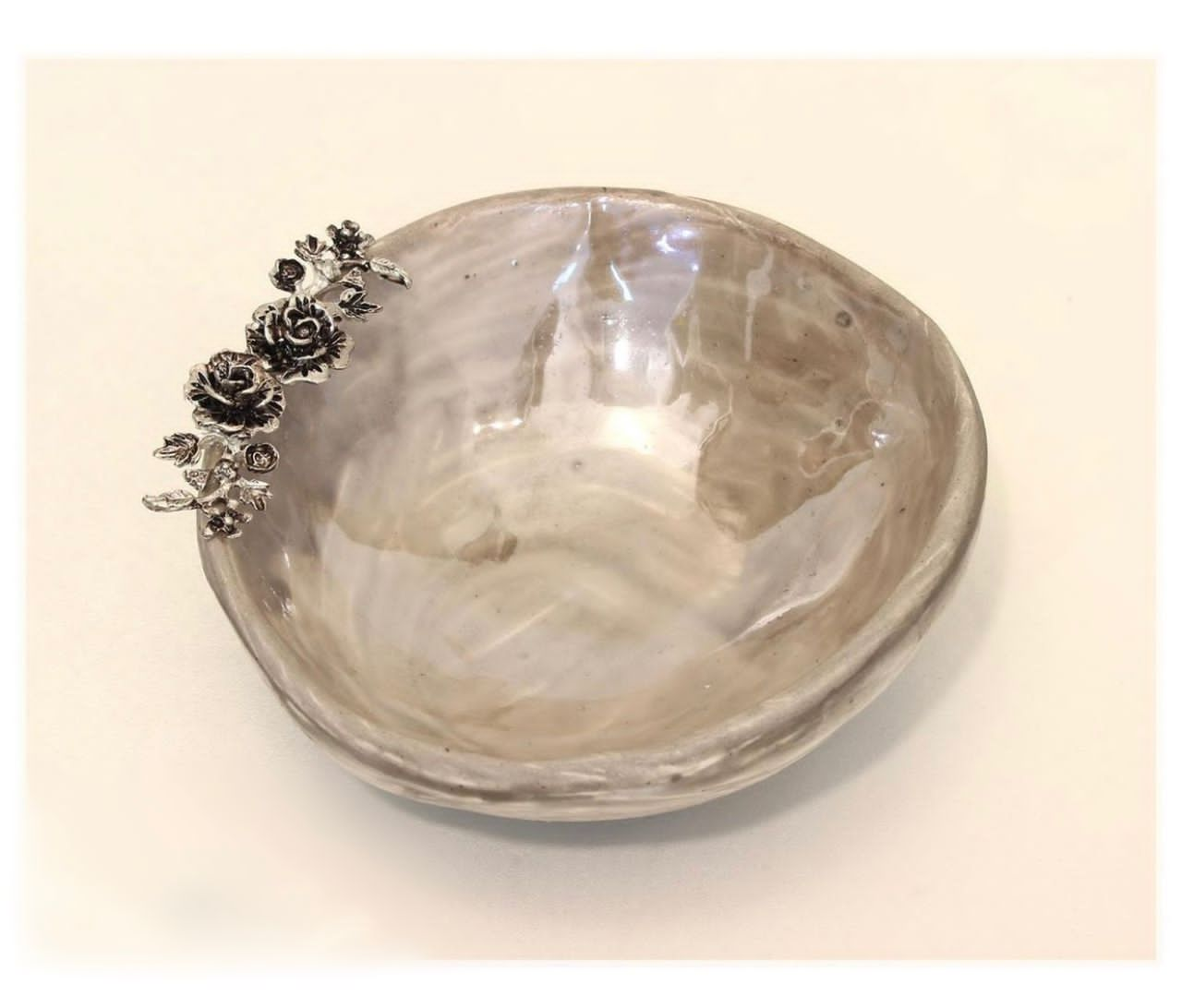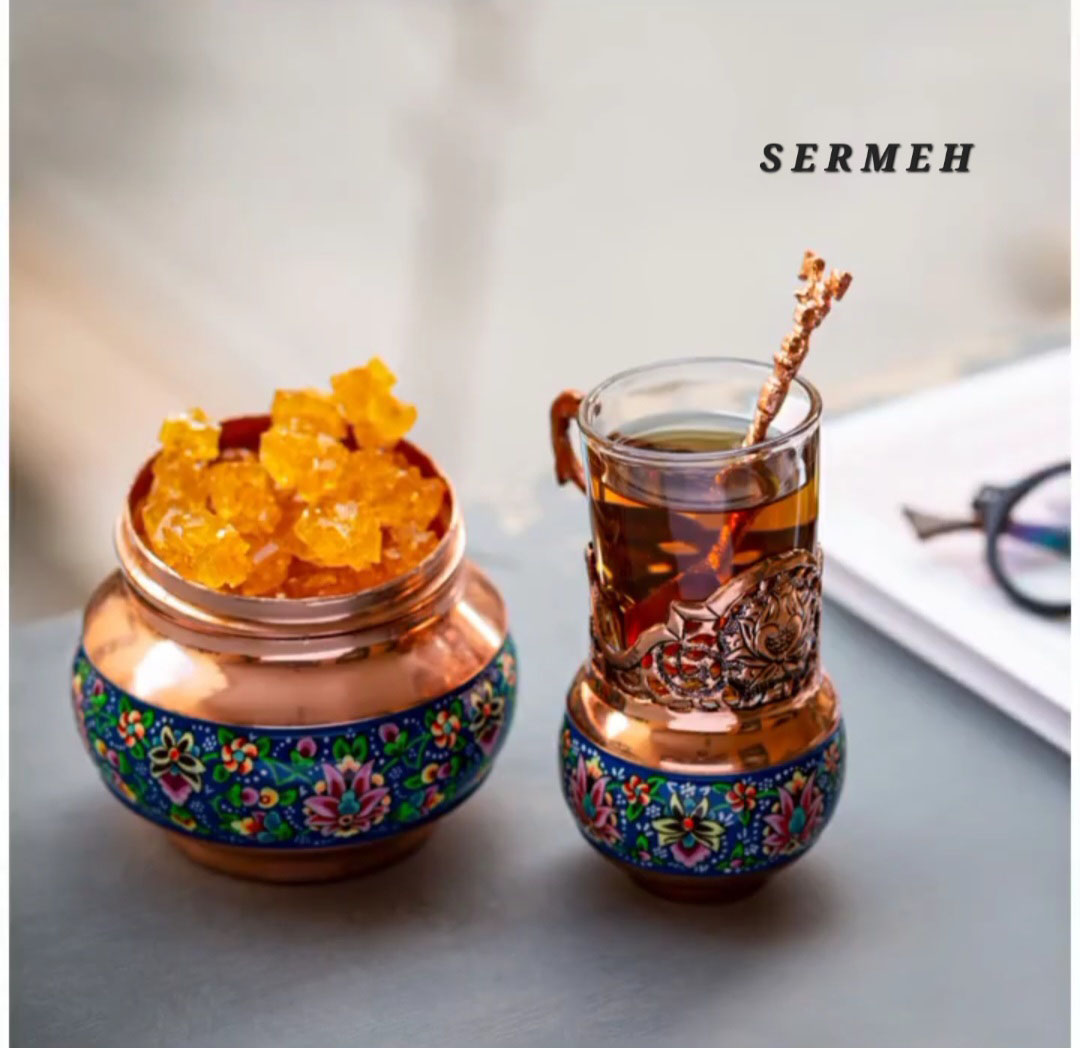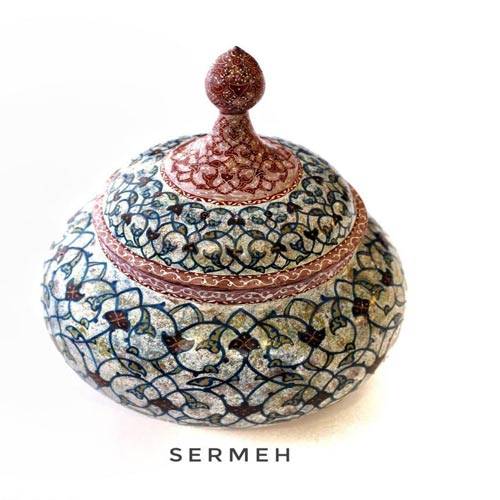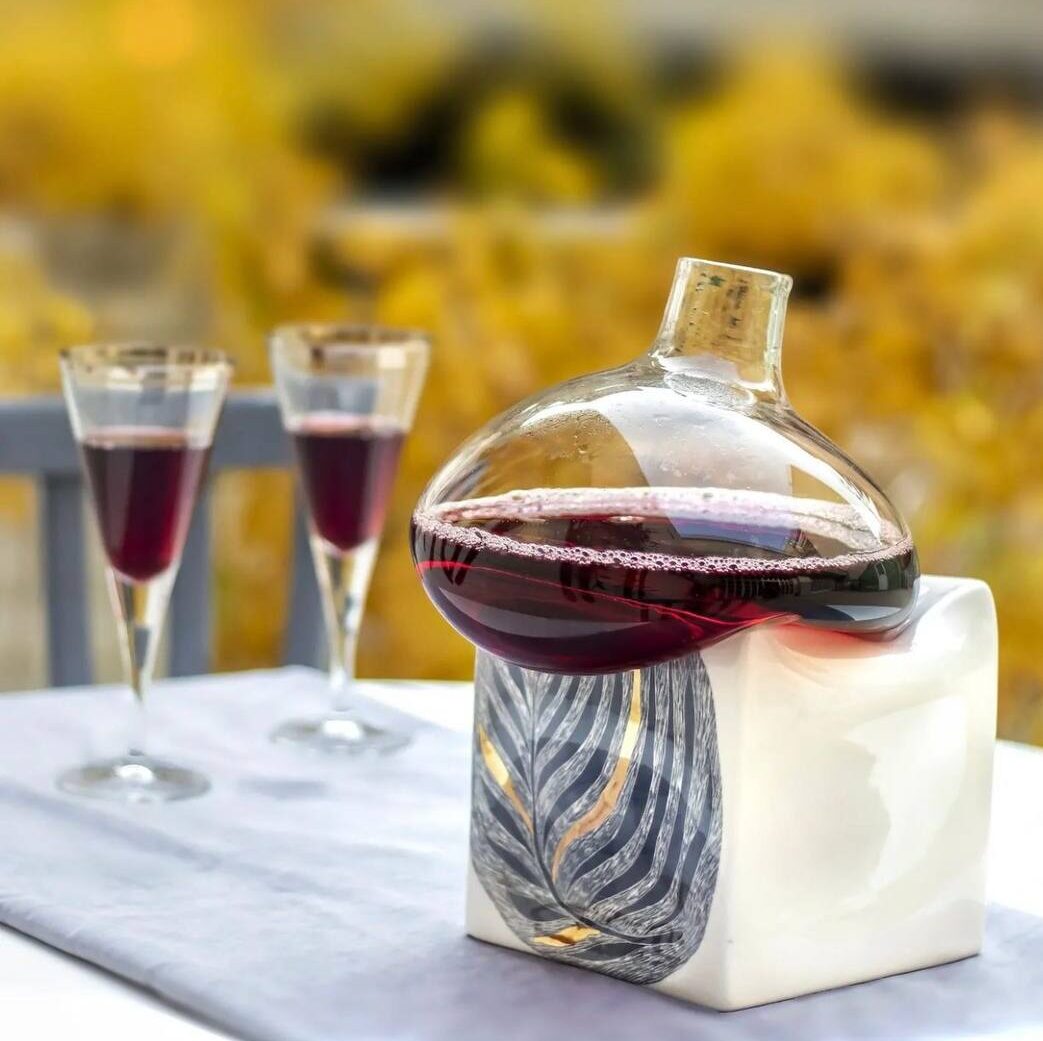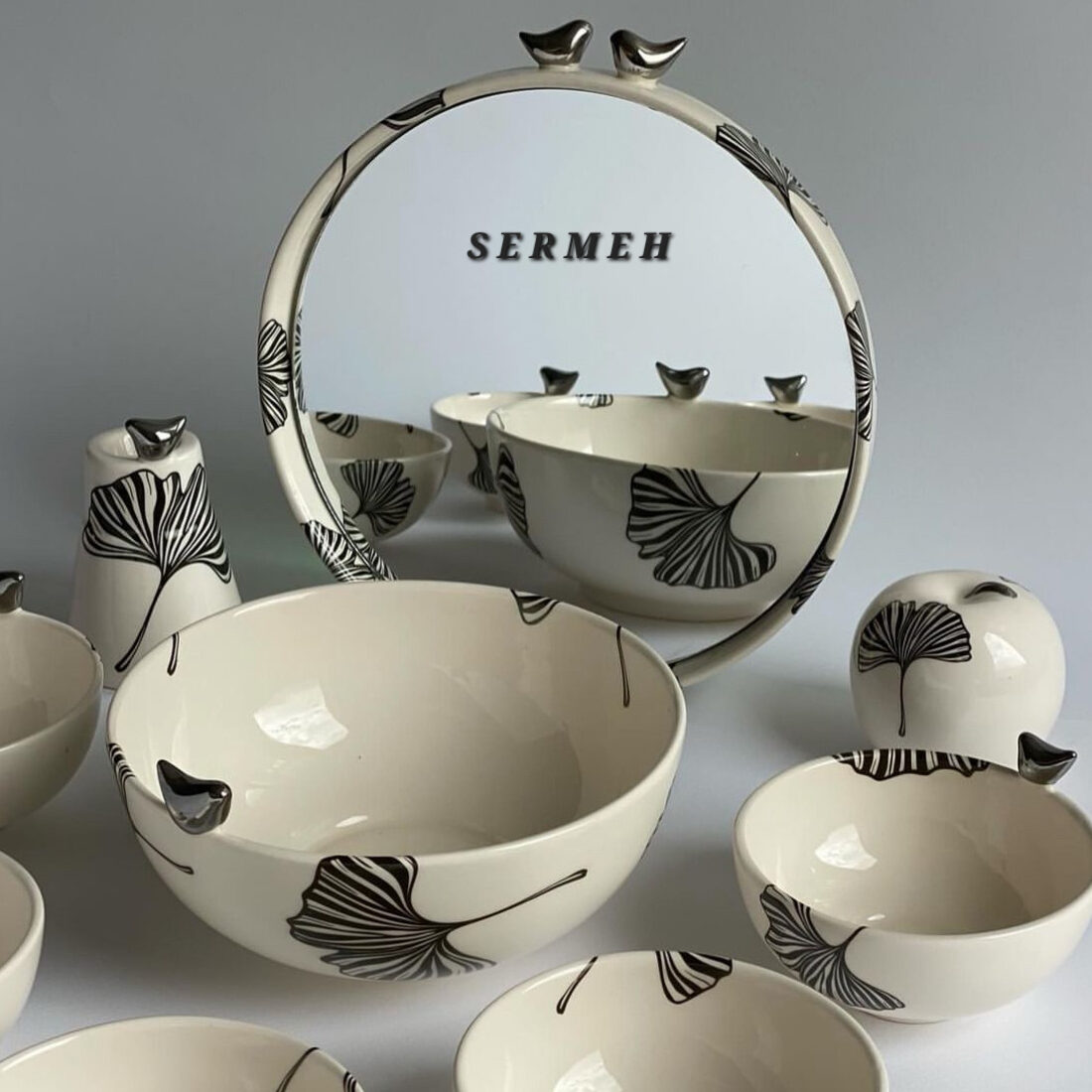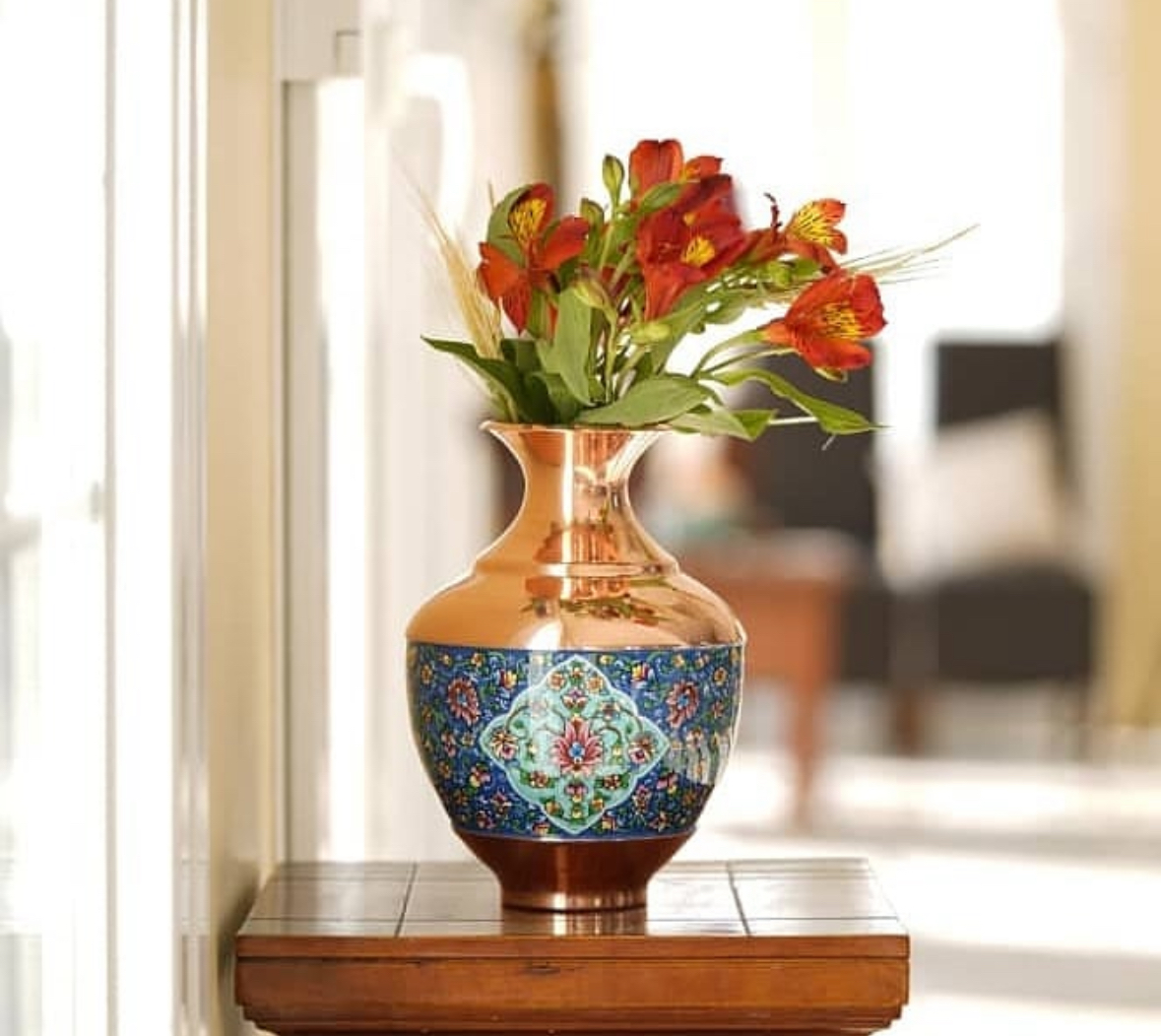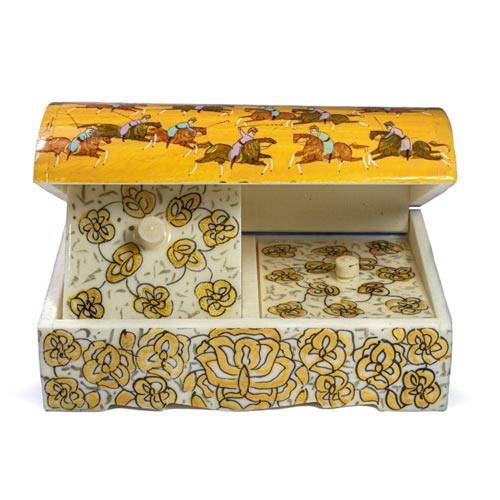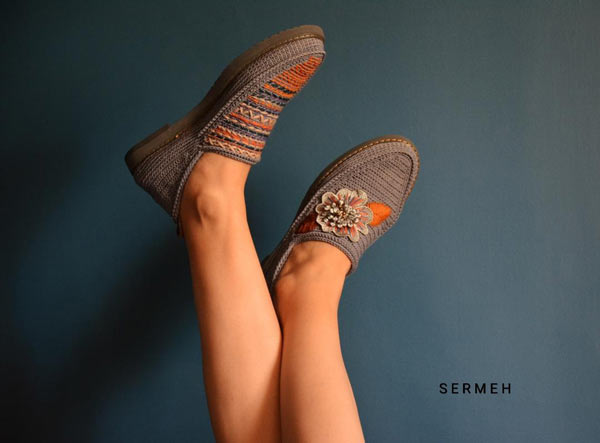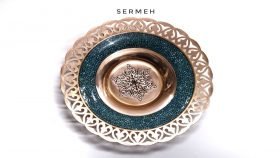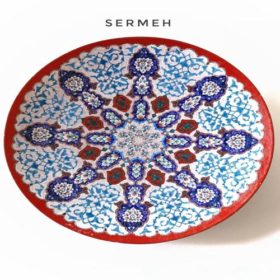Handicrafts Of Iran
The identity of any country can be found layer by layer in the culture and history of that ancient civilization, and this identity tells a part of an ancient story of the connections between the art and civilization of the people of that region. It is considered one of the founders of cultural and historical civilization among all the countries of the world. Handicrafts Of Iran
In general, handicrafts can be considered “the use of art by the hands of people using basic tools and local materials, which produces an artistic industry”.
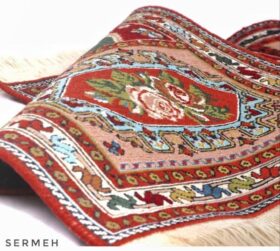
Hand-woven carpets and rugs are a symbol that has been a symbol of Iran and Iranians since ancient times, and this po
popularity has been accepted internationally by accepting Iranian carpets as the most beautiful and highest quality in this field of handicrafts.
Iranian hand-woven carpets with a unique design and relying on the tradition of decorative and sometimes ethnic and national designs reached the peak of their prosperity in the 17th century, and this has resulted in Iranian hand-woven carpets such as Galim, Zilo, rugs and carpets. among the most popular handicraft works in the world.
Buy online Persian handwoven carpets
2. Copper dishes:
The first metalworkers and especially coppersmiths can be considered Iranians, who told the technologists of this field of coppersmithing that, due to its many capabilities such as disinfecting food, the ability to withstand high heat and having beautiful shapes, this art quickly spread in other countries. The world became different.
These copper vessels, having various pillars and features from medicine to art, have now become very popular handicrafts, and Iran has a significant contribution to this industry.
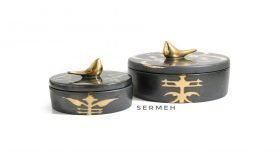
Pottery and ceramics are among the oldest design arts in Iran, and their use in various historical and cultural monuments, as well as the role of this industry in making decorative and practical tools, has made this industry popular all over the world, and Iran has a significant share in this market. is assigned to itself.
The science of pottery and pottery has been created by making clay vessels,
among which we can mention clay bowls and jars that have been used since the past ages.
4. Varnish and enamel arts:
Iran is one of the main exporters of enamels and wood designed with a mosaic design, which, with its delicate art, will make the eyes of every viewer disappear.
Wooden arts are considered to be one of the most popular symbols of Iran’s handicraft industries in the world, with various effects and uses in different works, so it has a significant share in the country’s export industry.
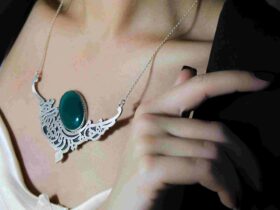
Expensive and very beautiful alloys have long been one of the favourite industries of Iranians and other countries.
In Iran, the western and southern cities, having different alloys of different materials such as gold, silver, turquoise, etc., began to produce and create all kinds of ornaments with diverse designs and styles and the style of their native culture and art.
The jewelry and the way of designing and shaping these precious metals were noticed by different neighbouring countries and other levels of the world and became a luxury and popular handicraft in the past centuries.
Buy online Persian jewelry
6. Crochet:
This art of crochet, which dates back to 550 BC, is considered one of the most famous works of Iranian embroidery.
This art is done with a very simple tool, which creates works of art on fabrics using silk threads and various colours, which are usually made of mahout material in excellent quality. has been used.
This type of art has been used in various types of decoration such as dresses, skirts, curtains, etc.
7. Sermeh embroidery:
This industry dates back to the Parthian period, this type of art, which is considered to be one of the oldest types of textile art, has become the target audience of this art due to the history of Iran in handicraft industries in this field. The popularity of this art The art has progressed so much that during the Timurid period, the decorative curtains of the Kaaba were made using gold embroidery, which created very beautiful patterns and a unique effect on the Kaaba. Gold medals are usually made of precious metals. And they were made shiny like gold and silver.

